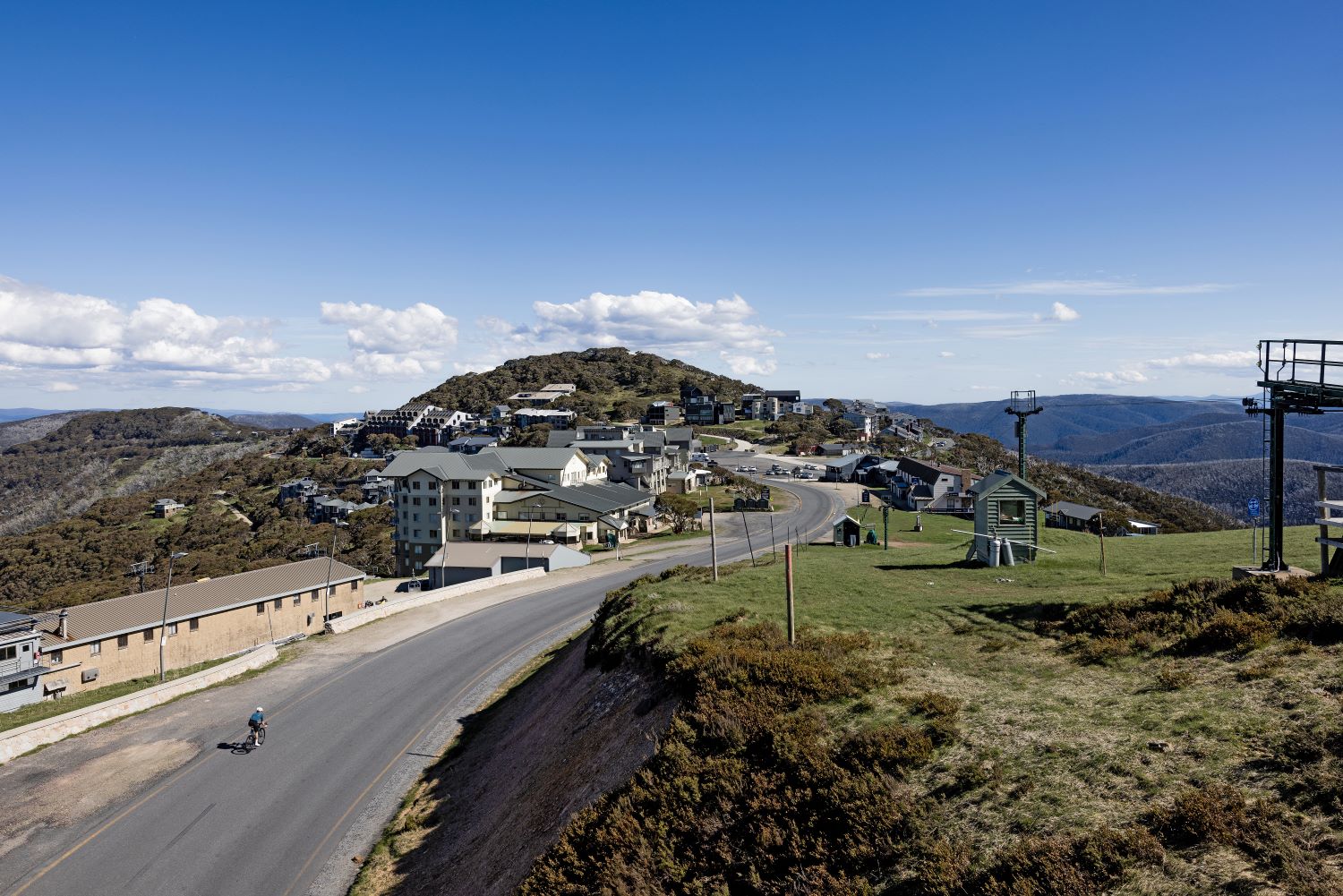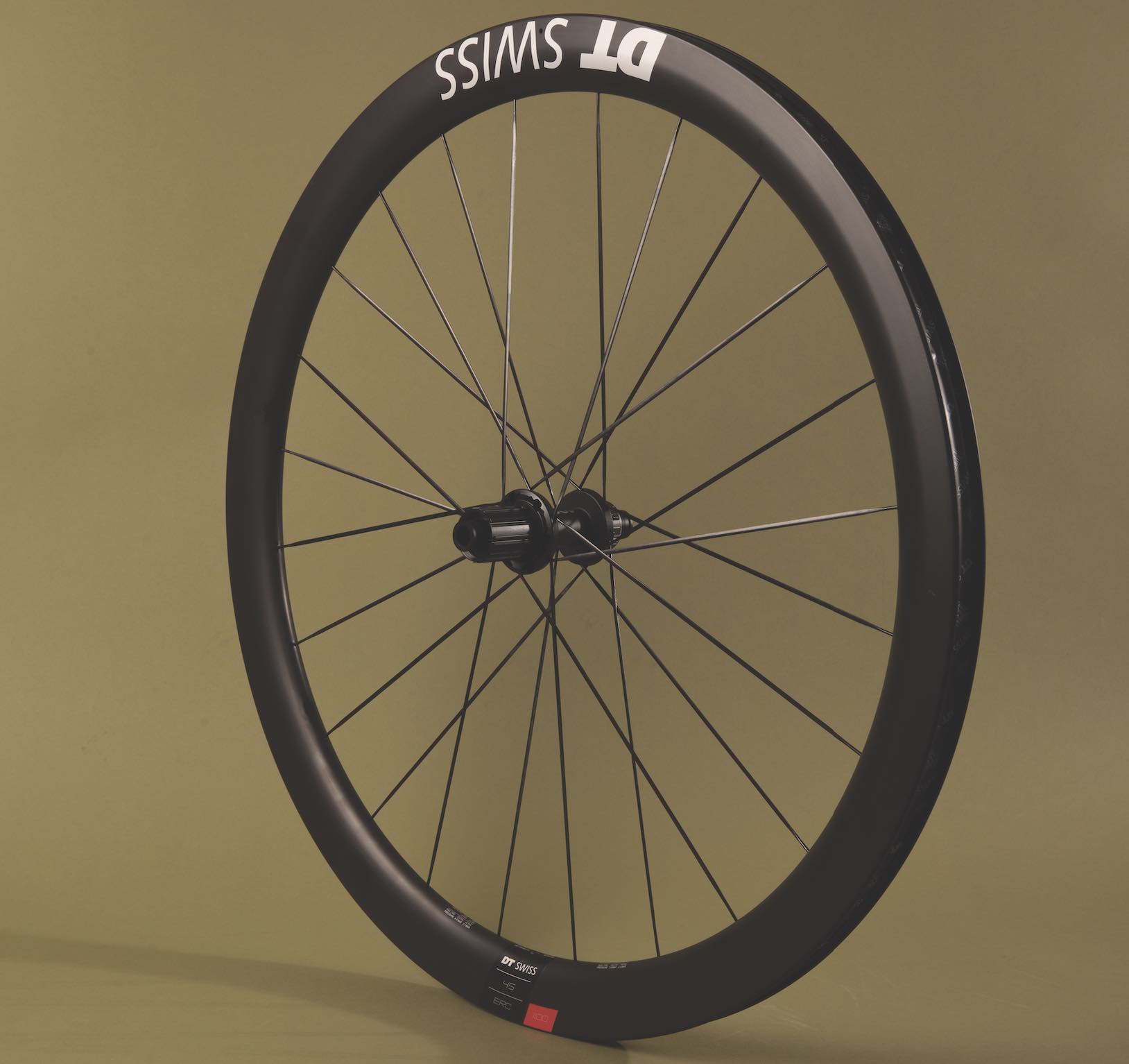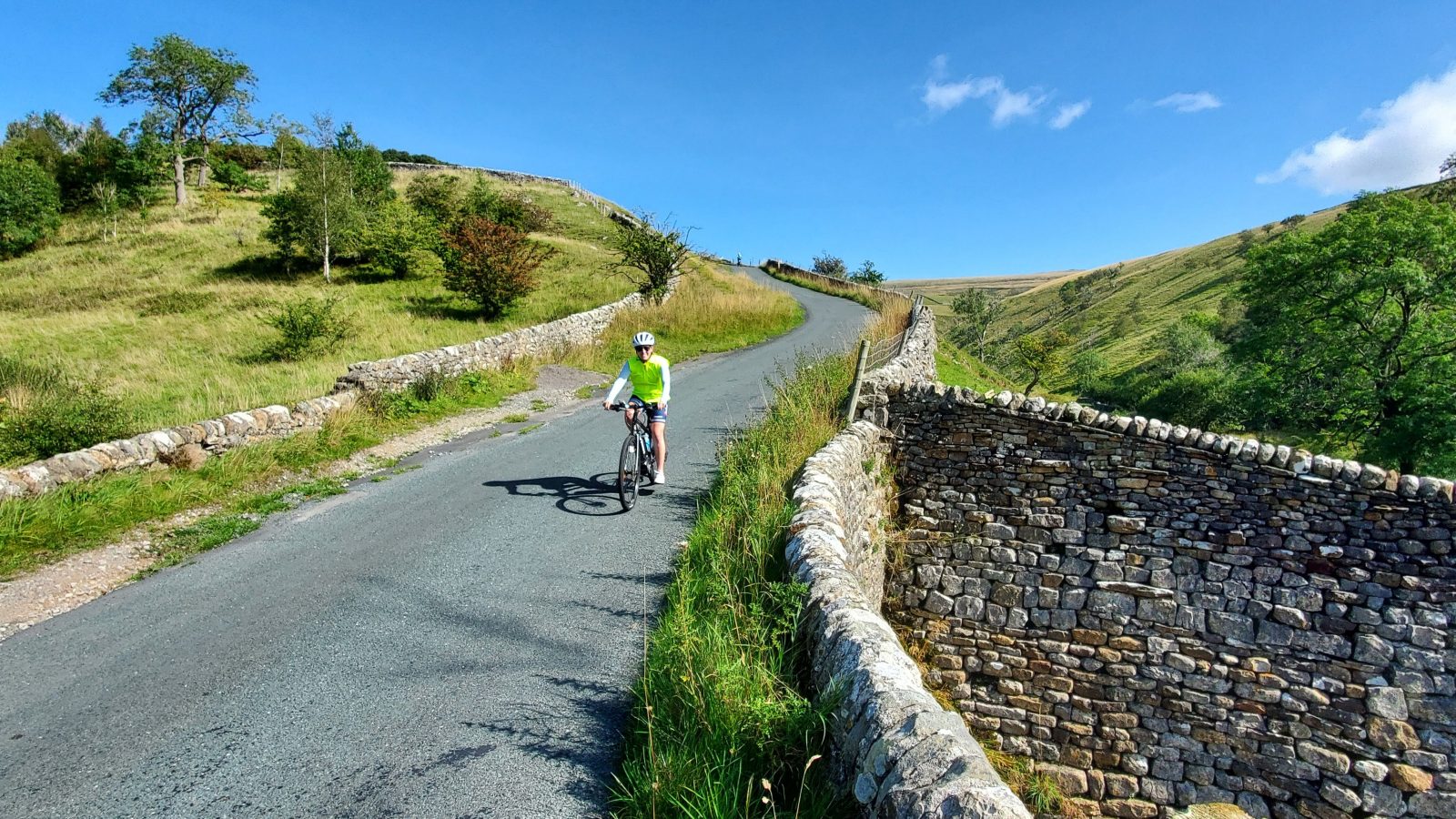Who descends faster: fat or skinny riders? One has more mass, the other less air resistance. Cyclist investigates
The argument began one afternoon in the Cyclist office. Who descends quicker: a skinny rider or a fat one? A skinny rider is more aero; a fat rider has more gravitational energy; a light rider has less rolling resistance… The debate grew, but there was no decisive answer. We put the question to Google, Facebook and Twitter but none of the 100-plus answers resolved the issue. So what’s the answer?
First things first – gravity. Secondary school science lessons taught us that a stone and a feather fall at the same rate in a vacuum. Borut Fonda, a researcher into cycling science at the University of Birmingham, explains why: ‘When freefalling in vacuum conditions, where there is no aerodynamic drag, weight would not make any difference to the speed of two objects that fall in a similar way.’
But the influence of air changes the picture. Tom Compton of cycling science site AnalyticCycling.com says, ‘In a vacuum, yes a feather will fall at the same rate as a stone. Only gravity exerts a force on the objects. In air, the air exerts a force against the force from gravity. Because of the difference in shape, the force from air slows the feather more than it slows the stone.’

So is it all down to aerodynamics? Our skinnier rider has less frontal area and, in principle, less aerodynamic drag. On a downhill run, the effect of aerodynamics is exaggerated because the riders are travelling at a higher speed than normal. But that doesn’t tell the whole story. Aerodynamics and gravity act on objects in different ways, says Compton: ‘The force from gravity would be greater for the heavier object and the speed at terminal velocity would also be greater.’ But there’s still more to it. Terminal velocity is a term thrown around a lot in the debate, but often incorrectly. It’s not fair to say that one shape simply has a higher terminal velocity than another, especially when the shape is as malleable as the human body. As Fonda explains, ‘Terminal velocity is the speed at which aerodynamic drag counters the force of acceleration.’ But as most of us know, aerodynamics can be changed depending on position and frontal area.
So how do weight, frontal area and speed alter the equation? Compton argues that weight is the decisive factor in reaching a higher velocity. He cites the example of a tandem bicycle. ‘It would have double the mass and about the same air resistance. Its terminal speed would be close to 70mph versus a single bike in the low 40mph range.’
There seems to be a funny imbalance, then, between an increased frontal area and increased weight. A fatter person, we must assume, has a larger area to force through the air than his skinny counterpart. The point seems to be that the more weight you have, the more drag force you’re able to overcome. But why does weight win the battle? ‘When you increase the mass the speed increases by cubic function, whereas if you increase the aerodynamic drag the speed decreases by a square function. Hence why cyclists who are heavier can go faster,’ Fonda says.
So for the heavier rider the pull of gravity is greater than the air resistance, because the difference in weight between the two will be cubed while the difference in surface area is squared. The latter will generally be smaller. The other big player, rolling resistance, is relatively constant at any speed, so will play an increasingly minimal role at higher speeds where normally it would penalise a heavier rider.
Just to complicate matters…
Freewheeling down a long, straight descent, a heavier rider wins, but there are other factors to consider. Is cornering, both leaning into the corner and accelerating out of it, weight related? ‘Yes,’ Fonda says. ‘The centrifugal force that pushes you into a corner is related to weight. So a bigger rider will be given an advantage when taking corners.’
There are two schools of thought on accelerating out of the corner. In principle, a lighter mass will accelerate at a faster rate under the same pedalling force. Yet, at the same time, a heavier rider will have more gravitational force and more momentum preserving their speed. Fonda says, ‘That’s more practical than theoretical, as when you have to accelerate out of a corner, sprinters who have more power accelerate faster.’
Gravity is the major player and even pedalling is an afterthought, says Compton: ‘Pedalling adds force and makes the rider go a little faster. However, at terminal velocity, the force from pedalling is not sufficient to make the rider go fast enough to gap a competitor, especially one sitting on a wheel.’
But there’s still one niggling assumption underpinning this whole argument that’s worth addressing – that a skinnier rider is more aerodynamic than a heavy rider. Compton is sceptical: ‘John Cobb did a lot of wind-tunnel testing for Lance Armstrong. Cobb said you had to measure drag because you couldn’t tell by looking at a position if it was aero or not. You can only truly tell in a wind-tunnel.’ In theory, a fat rider could be more aero.
So there you have it. The fat rider wins… for once. That said, there’s more than gravitational science to descending. ‘The fastest riders are the ones who take risks,’ says Compton. ‘Vincenzo Nibali is one of the fastest. He’s not particularly heavy, he’s not exceptionally powerful – he’s just crazy.’


